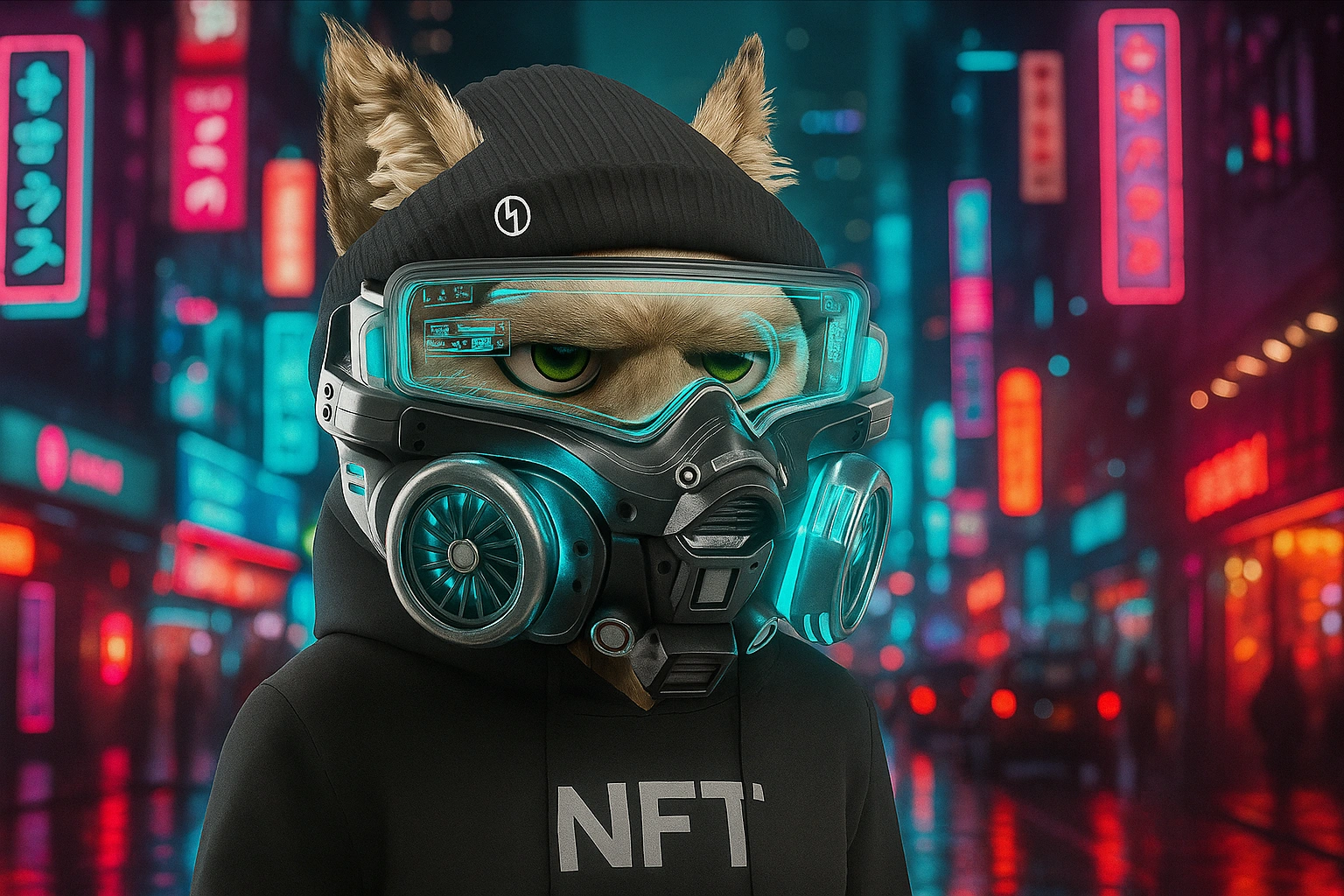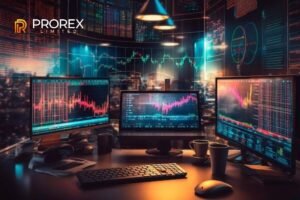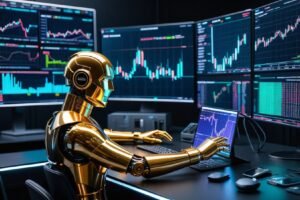NFTs 2025: A Beginner’s Guide to Vietnam’s Digital Art Future
In Vietnam, 2025 has brought a quieter but more meaningful chapter for NFTs. Gone are the chaotic headlines and overnight millionaires. What remains is something more sustainable: a maturing digital economy where NFTs are no longer a novelty, but a creative tool. Whether you’re a new illustrator uploading to OpenSea from your studio in Hanoi, or a curious investor reading up on blockchain after dinner in Ho Chi Minh City, the question still echoes: What is NFT and why does it still matter?
NFTs—short for Non-Fungible Tokens—are digital assets that represent ownership of something unique. Stored securely on blockchain technology, each NFT holds metadata and a unique ID that cannot be replicated or altered. While Bitcoin is like a coin anyone can trade, NFTs are more like individual artworks—one-of-a-kind and non-interchangeable.
This concept of digital ownership is becoming increasingly relevant across Vietnam’s Web3 art market, where artists, musicians, and even small studios are finding ways to create, trade, and monetize their work online—without relying on traditional galleries or agents.
NFT Meaning in a Vietnamese Context
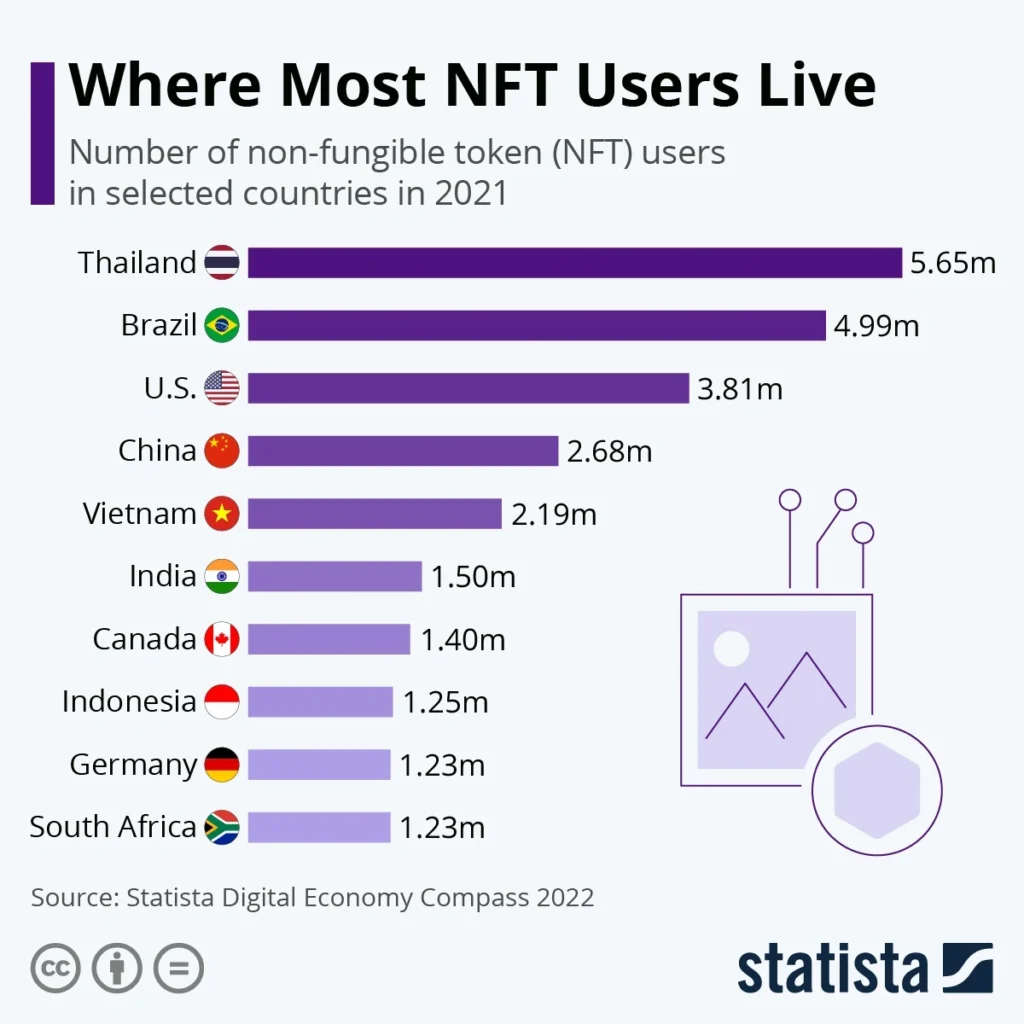
Credit from Vietnam Investment Review
For many people encountering the term “NFT Vietnam” for the first time, it can feel abstract. What does it really mean to “own” a digital file?
Imagine a painter in Da Nang creates a digital portrait inspired by Trần Hưng Đạo. Instead of printing and framing it, they upload it to a blockchain network. There, the image is registered as an NFT with embedded metadata—the artist’s name, the timestamp, a description, and a proof of authenticity. That NFT can then be sold or transferred, with full transparency on ownership history. The painting might still be shared online, but only one person can say, “I own the original.”
This concept has changed the way digital works are perceived and traded. And in 2025, Vietnam is seeing more creators use NFTs not just to sell images, but to build communities and reach global audiences directly from their laptops.
How NFTs 2025 Are Shaping Vietnam’s Digital Economy
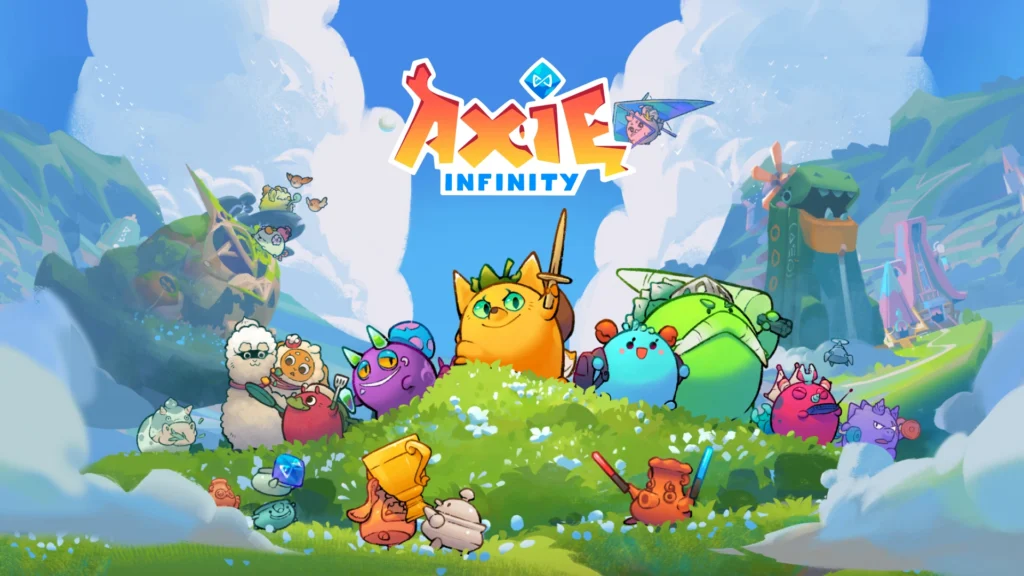
Credit from Wall Of Traders
As Vietnam’s creative economy shifts online, NFTs are showing up in more places than you might expect.
The art scene, for instance, has embraced NFTs as a means of preserving originality in an age of endless digital duplication. Young illustrators are now selling digital prints as limited-edition NFTs, with built-in royalties that let them earn a percentage every time the work is resold.
Meanwhile, musicians are experimenting with exclusive audio drops, offering tracks or concert experiences as NFTs that fans can collect. These aren’t gimmicks—they’re new forms of audience interaction, cutting out platforms and taking control over distribution.
The gaming world, already vibrant in Vietnam, continues to be a driver of NFT adoption. After the success of Axie Infinity, more local studios are testing blockchain mechanics. Virtual characters, in-game assets, and land parcels are now being built as NFTs, giving players true ownership of digital property.
And although still early, conversations are beginning around using NFTs to tokenize real estate or public records. The idea that a property deed or legal agreement could be a secure NFT isn’t science fiction—it’s a logistical possibility, and one that fits neatly into Vietnam’s increasing appetite for digital transformation.
Getting Started: A Beginner’s Journey into NFTs
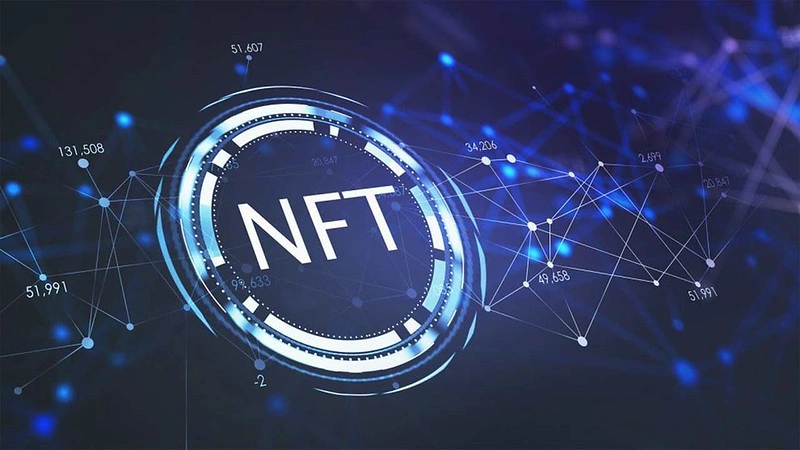
Credit from Newwave Solutions
For many newcomers, stepping into the NFT world can feel like walking into a high-tech gallery without a map. But the process is becoming simpler each year.
Most artists begin by choosing a blockchain—Ethereum remains the most popular, though newer options like Tezos and Polygon are gaining favor for their lower energy consumption and transaction costs. A digital wallet, such as MetaMask or Trust Wallet, is then set up to interact with marketplaces.
Once a digital file is ready—be it an image, song, or video—it’s uploaded to a platform like OpenSea, Mintable, or Objkt. Here, the artist fills in basic information, sets royalty terms, and initiates the “minting” process. This is when the file is officially registered on the blockchain as a unique NFT.
After that, it’s a matter of deciding whether to sell it at a fixed price or through auction. Vietnamese artists have found that building community on social platforms—like Discord, X (formerly Twitter), or even local forums—can be just as important as the artwork itself when it comes to visibility and sales.
NFTs Trends in 2025: Quiet Innovation Over Noise
The loudest moments of the NFT boom have passed, but the evolution continues beneath the surface. NFT trends 2025 are focused less on speculation and more on utility.
One clear shift is the rise of utility NFTs, where the token does more than just prove ownership. It might act as a digital pass, unlocking exclusive content or experiences. We’re seeing this model used in everything from music to education—imagine owning an NFT that gives you access to an online course with a celebrated Vietnamese artist.
Cross-chain compatibility is also growing. Creators no longer have to be tied to one blockchain. Assets can move between ecosystems, allowing broader visibility and trade.
Another trend is fractional ownership. Instead of one person buying a whole NFT, multiple buyers can co-own a share of the digital work. This is especially appealing in Vietnam, where many young collectors want to support art but may not have large budgets.
Why NFTs Still Matter — Especially for Vietnam’s Creative Class
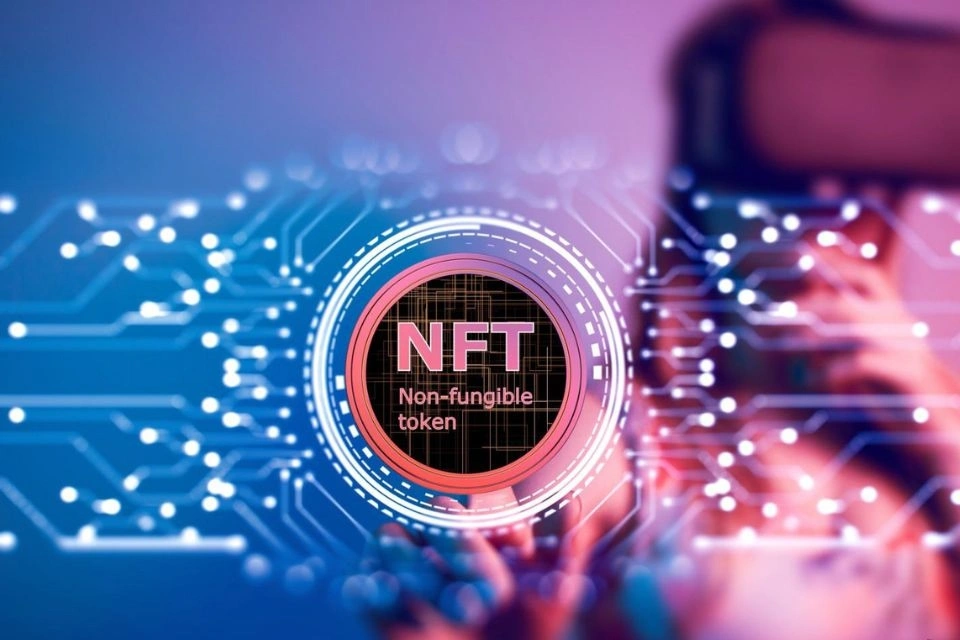
Credit from FPT Shop
In 2025, NFTs are no longer just speculative assets. For Vietnam’s creators, they’re infrastructure—tools that allow for transparency, autonomy, and global connection. With increased access to minting tools and education, even independent artists with no gallery representation can reach collectors abroad, or offer their audiences something rare and personal.
The technology behind NFTs may still have flaws—wallet access is unforgiving, and legal frameworks are catching up—but the core idea remains powerful. Ownership in the digital world is no longer a theoretical concept. It’s real, traceable, and active.
And as Vietnam embraces broader digital transformation—from fintech to smart cities—the role of NFTs within that ecosystem will only deepen.
Conclusion: The Future Is Less Flashy — and More Functional
So, what is an NFT and why it still matters in Vietnam? In short: because it enables something that didn’t quite exist before—a way to own, verify, and trade digital assets in a secure and open system. For Vietnamese artists, creators, and tech-minded entrepreneurs, NFTs in 2025 represent more than a trend. They’re part of a larger cultural shift toward decentralization, creativity, and economic participation.
Even if the NFT hype has quieted, its relevance has only sharpened. And for beginners willing to learn, experiment, and engage, there has never been a better time to take that first step.

